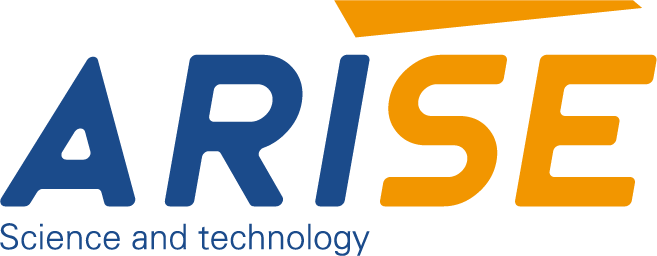How to Detect and Diagnose Faults in Web Guide Systems
A malfunction in the web guide system can lead to material waste, production downtime, and potential damage to machinery. Therefore, fault detection and diagnosis in web guide systems is vital for maintaining efficient and reliable operations.
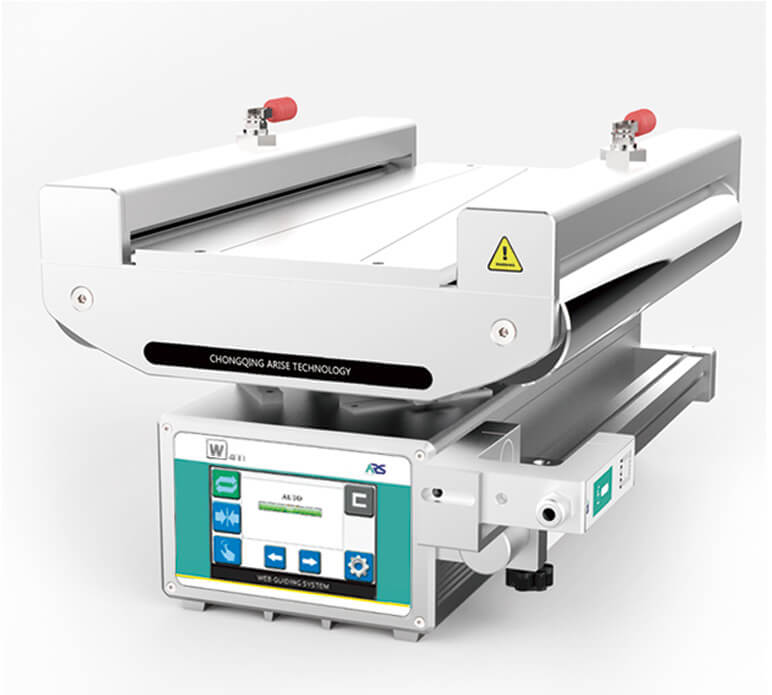
What are Web Guide Systems
The primary function of a web guide system is to correct the lateral position of the web (the continuous material being processed) to keep it aligned with the desired path. These systems typically consist of sensors, actuators, controllers, and the web material itself. Sensors monitor the web’s position, while actuators make necessary adjustments based on the data received from the sensors. The controller, often a sophisticated software algorithm, processes the sensor data and directs the actuators to correct the web’s path.
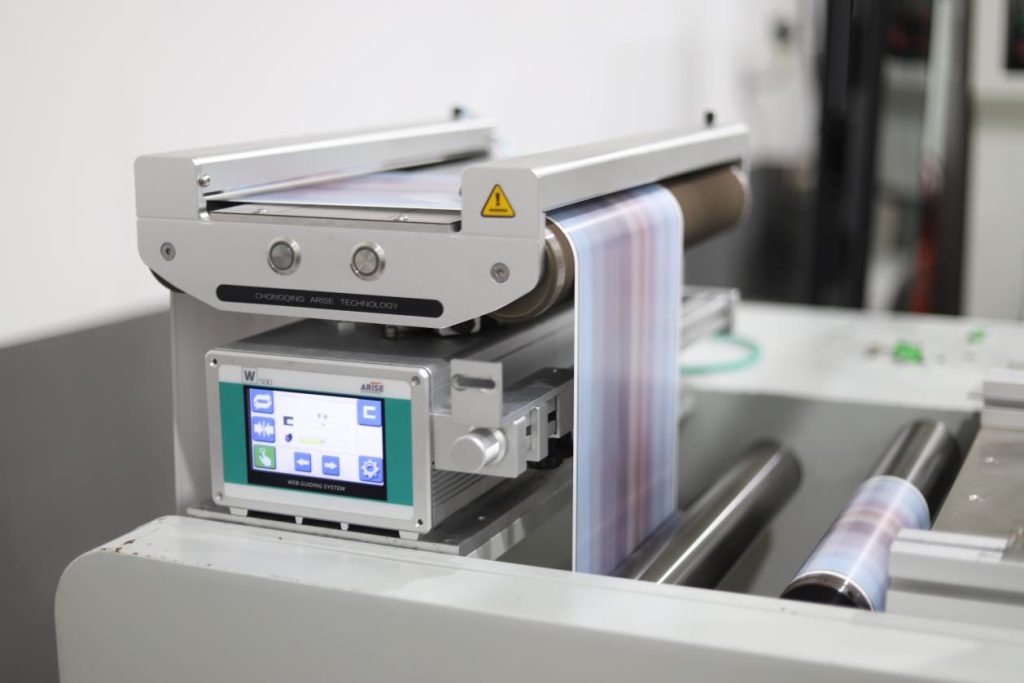
Common Faults in Web Guide Systems
Faults in web guide systems can arise from various sources, each impacting the system’s ability to maintain proper web alignment. Here’s a chart outlining common faults in web guide systems, along with potential causes
| Faults | Possible Causes |
| Misalignment of Web | – Improper sensor calibration – Mechanical wear – Incorrect sensor placement |
| Inconsistent Web Tension | – Faulty tension sensors – Slippage in the drive system – Inadequate web guiding |
| Oscillating Web Position | – Incorrect control settings – Poor actuator response – External vibrations |
| Sensor Failure | – Electrical interference – Dust or debris on sensors – Sensor aging |
| Actuator Malfunction | – Overheating – Insufficient power supply – Mechanical binding |
| System Overheating | – High ambient temperature – Excessive friction – Inadequate cooling |
| Inaccurate Edge Detection | – Dirt or contamination on sensor – Faulty sensor alignment – Inconsistent material properties |
| Slow Response Time | – Insufficient system bandwidth – Delayed signal processing – Actuator lag |
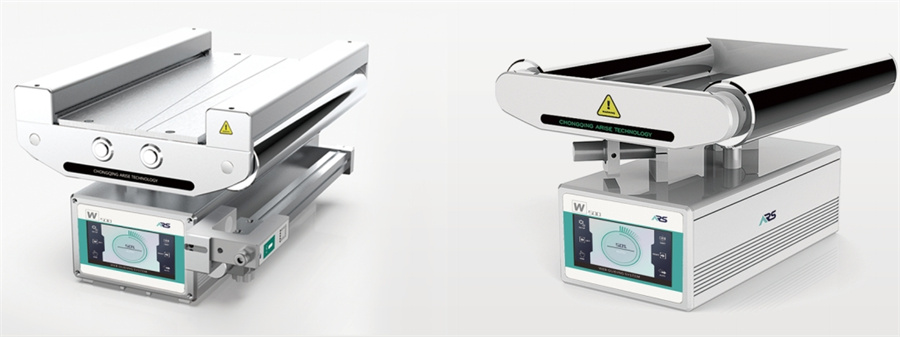
Common Fault Detection Methods Used in Web Guide Systems
1. Threshold-Based Detection
Threshold-based detection is one of the simplest and most commonly used methods in web guide systems. This approach involves setting predefined limits (thresholds) for key parameters such as web position, actuator movement, or sensor output.
- Fixed Thresholds: A simple method where the system triggers an alarm if the sensor readings exceed a fixed upper or lower limit. For example, if the web’s position deviates beyond a certain range, the system recognizes this as a fault.
- Adaptive Thresholds: More advanced systems may use adaptive thresholds that adjust based on operating conditions or historical data, making the fault detection process more dynamic and sensitive to changes.
Advantages
- Easy to implement and understand.
- Provides immediate feedback when a parameter goes out of range.
Disadvantages
- May not detect subtle or gradual faults.
- Fixed thresholds may lead to false alarms in varying operational conditions.
2. Model-Based Detection
Model-based detection involves creating a mathematical or physical model of the web guide system that represents its normal operating behavior. The real-time data from the system is then compared to the model’s predictions.
- Mathematical Models: These models predict the expected behavior of the system under normal conditions. Any significant deviation between the actual system behavior and the model’s prediction is flagged as a potential fault.
- Observer-Based Methods: Observers estimate the system’s internal states (like web tension, position, etc.) and compare them to the measured values. Discrepancies between estimated and actual states can indicate faults.
Advantages
- Can detect subtle changes in system behavior that are not apparent with simple threshold methods.
- Provides a more comprehensive understanding of system performance.
Disadvantages
- Requires a detailed and accurate model of the system, which can be complex to develop.
- Model inaccuracies can lead to false alarms or missed faults.
3. Statistical Process Control (SPC)
Statistical Process Control (SPC) uses statistical methods to monitor the performance of the web guide system over time. This approach focuses on detecting shifts in process parameters that may indicate an emerging fault.
- Control Charts: SPC involves the use of control charts that track key process variables (like web position) over time. The charts are used to detect any deviations from the expected process mean or increase in variability, which may signal a fault.
- Principal Component Analysis (PCA): PCA is a statistical technique that reduces the dimensionality of the data while preserving the most critical information. It is useful in identifying patterns and detecting anomalies in complex systems.
Advantages
- Effective at detecting gradual changes or trends in system behavior.
- Provides a systematic approach to monitoring and improving process quality.
Disadvantages
- May require significant historical data to establish accurate control limits.
- Can be complex to implement and interpret without proper statistical expertise.
4. Signal-Based Detection
Signal-based detection involves analyzing the signals from sensors or actuators to detect anomalies that could indicate a fault.
- Frequency Domain Analysis: Techniques such as Fourier Transform can be used to analyze the frequency content of signals. Abnormal frequencies or changes in the amplitude of specific frequencies can indicate faults such as mechanical wear or misalignment.
- Time-Frequency Analysis: Methods like Wavelet Transform allow the analysis of signals in both the time and frequency domains, making it easier to detect transient faults that only appear under certain conditions.
Advantages
- Capable of detecting specific types of faults that manifest as changes in signal characteristics.
- Can be highly sensitive to even minor faults.
Disadvantages
- Requires advanced signal processing knowledge.
- May produce complex results that are difficult to interpret without specialized tools.
5. Machine Learning-Based Detection
Machine learning-based detection leverages advanced algorithms to detect faults by learning from historical data and identifying patterns that precede faults.
- Supervised Learning: In this approach, the algorithm is trained on labeled data (where faults are known) to recognize patterns associated with different types of faults. Once trained, the system can detect similar patterns in real-time data and identify potential faults.
- Unsupervised Learning: This method involves clustering or anomaly detection techniques that identify unusual patterns in the data without prior knowledge of faults. The system learns what constitutes normal behavior and flags deviations as potential faults.
Advantages
- Can handle complex, non-linear relationships between variables.
- Capable of detecting novel or unknown fault conditions.
Disadvantages
- Requires a large amount of labeled data for training (in supervised learning).
- May be computationally intensive and require specialized expertise to develop and implement.
6. Hybrid Detection Methods
Some web guide systems employ hybrid detection methods that combine two or more of the above techniques. For example, a system might use threshold-based detection for basic monitoring but also implement model-based or machine learning techniques for more advanced fault detection.
Advantages
- Combines the strengths of multiple methods, increasing overall detection accuracy and reliability.
- Can be tailored to specific application needs, providing a more robust detection solution.
Disadvantages
- More complex to implement and maintain.
- May require higher computational resources.
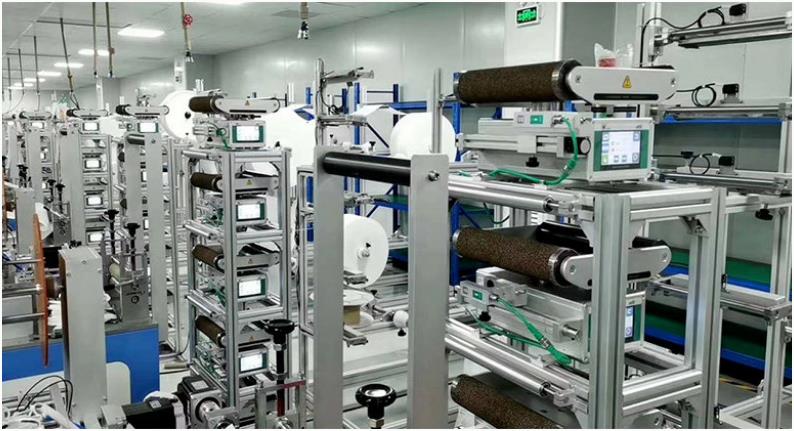
Key Fault Diagnosis Techniques Used in in Web Guide Systems
Fault diagnosis is the process of identifying and determining the root cause of faults in web guide systems after they have been detected. Effective diagnosis is essential for minimizing downtime, preventing further damage and ensuring consistent production quality.
1. Expert Systems
Expert systems are a type of artificial intelligence that uses a set of rules derived from domain experts to diagnose faults in web guide systems.
- Rule-Based Diagnosis: Expert systems operate on a rule-based approach, where specific symptoms (e.g., sensor readings, system behaviors) are matched with predefined rules to diagnose the fault. For example, if a web position sensor consistently shows a deviation beyond a certain threshold, the system might diagnose a sensor misalignment or malfunction.
- Decision Trees: A decision tree is a hierarchical structure that guides the diagnosis process based on a series of decisions or questions. Each node represents a condition or a test, and the branches represent the possible outcomes, leading to a final diagnosis at the leaf nodes.
Advantages
- Mimics the decision-making process of human experts.
- Can be tailored to specific systems and applications.
Disadvantages
- May require extensive knowledge and time to develop.
- Rule-based systems can be rigid, potentially missing novel or unexpected faults.
2. Root Cause Analysis (RCA)
Root Cause Analysis (RCA) is a systematic approach to diagnosing faults by identifying the underlying cause rather than just addressing the symptoms.
- Fault Tree Analysis (FTA): FTA is a deductive approach where the top-level fault (e.g., web misalignment) is traced back through a tree of possible causes. Each branch represents a potential cause, and the analysis continues until the root cause is identified.
- Failure Mode and Effects Analysis (FMEA): FMEA involves systematically evaluating each component of the web guide system to identify potential failure modes, their causes, and their effects on the system. This helps prioritize which faults are most critical and require immediate attention.
Advantages
- Provides a comprehensive understanding of fault causes.
- Helps prevent recurrence by addressing the root cause.
Disadvantages
- Can be time-consuming, especially in complex systems.
- Requires detailed knowledge of the system and its components.
3. Artificial Intelligence (AI) and Machine Learning
Artificial Intelligence (AI) and machine learning techniques are increasingly used in fault diagnosis due to their ability to handle complex data and learn from historical information.
- Neural Networks: Neural networks can be trained on historical data to recognize fault patterns. Once trained, they can diagnose faults in real time by comparing current sensor readings and system behavior to the patterns learned during training.
- Fuzzy Logic Systems: Fuzzy logic systems handle uncertainty and imprecision in sensor data, making them effective for diagnosing faults in conditions where traditional binary logic might fail. Fuzzy logic systems can evaluate multiple inputs with varying degrees of truth (e.g., “slightly misaligned” vs. “severely misaligned”) to diagnose faults.
- Support Vector Machines (SVM): SVMs are used for classification and regression tasks in fault diagnosis. They can classify operational states of the system into normal or faulty conditions based on the training data.
Advantages
- Capable of handling complex and nonlinear relationships between variables.
- Can improve over time with additional data and training.
Disadvantages
- Requires large datasets for training (especially for supervised learning).
- Can be a black box, making it difficult to understand the decision-making process.
4. Data-Driven Approaches
Data-driven approaches focus on using historical and real-time data to diagnose faults.
- Principal Component Analysis (PCA): PCA reduces the dimensionality of the data while preserving the most significant features. It is used to identify patterns and anomalies that indicate a fault. By analyzing the principal components, deviations from normal operation can be detected and diagnosed.
- Correlation Analysis: Correlation analysis examines the relationships between different system variables (e.g., sensor readings, actuator positions) to identify correlations that deviate from normal behavior, indicating a fault.
Advantages
- Effective for systems with large amounts of data.
- Can uncover hidden relationships between variables.
Disadvantages
- Requires a substantial amount of data for accurate analysis.
- May require advanced statistical knowledge to implement and interpret.
5. Hybrid Diagnostic Techniques
Hybrid diagnostic techniques combine multiple methods to leverage their strengths and provide a more robust fault diagnosis system.
- Model-Based and AI Hybrid: Combining model-based methods with AI techniques allows for the creation of a more accurate diagnosis system. The model provides a baseline for normal operation, while AI adapts to changing conditions and learns from new data.
- Signal Analysis and Expert Systems: Integrating signal analysis with expert systems can enhance the diagnosis process by using the detailed insights from signal analysis to inform the rule-based decision-making process of expert systems.
Advantages
- Combines the strengths of different methods, leading to higher accuracy and reliability in a web guiding system.
- Can be tailored to specific applications and fault types.
Disadvantages
- More complex to implement and maintain.
- May require significant computational resources.
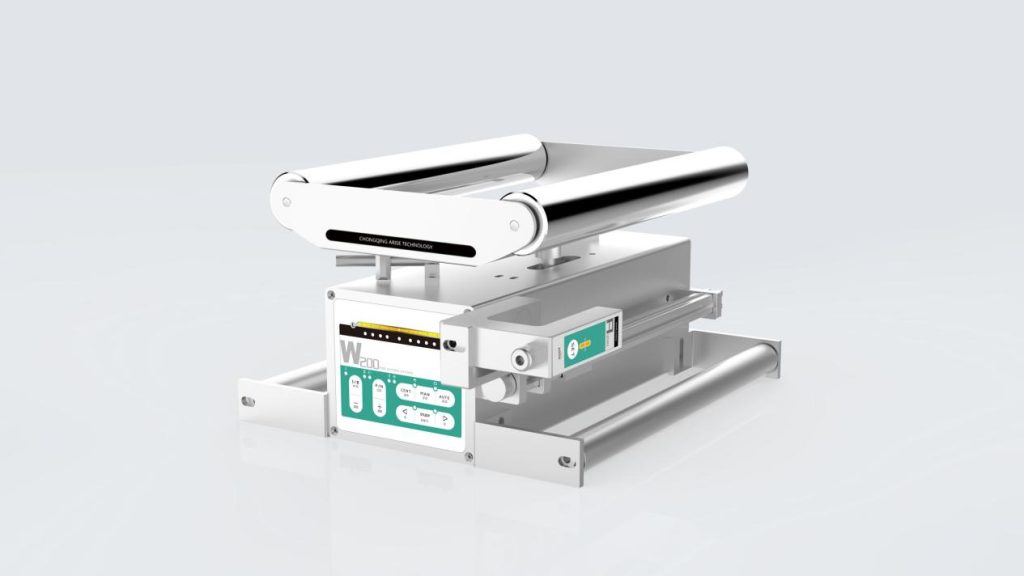
Get Web Guide Systems with Integrated Fault Detection and Diagnosis Features from Arise
If you’re looking for web guide systems with integrated fault detection and diagnosis features, Arise offers a comprehensive range of solutions. Their web guiding systems are designed to ensure precise alignment and positioning of various materials like paper, film, and fabric during the manufacturing process. These web guiding system equipment include advanced sensors, controllers, and actuators that work together to automatically detect deviations and make real-time adjustments.

Web guide systems provided by Arise, excel in maintaining high accuracy and reliability, even in challenging environments. They utilize technologies such as infrared, ultrasonic, and CCD image sensors for precise detection, which are crucial for effective fault detection and diagnosis. By incorporating these features, Arise web guide system equipment not only enhance operational efficiency but also significantly reduce material waste and downtime, making them a valuable addition to any production line.
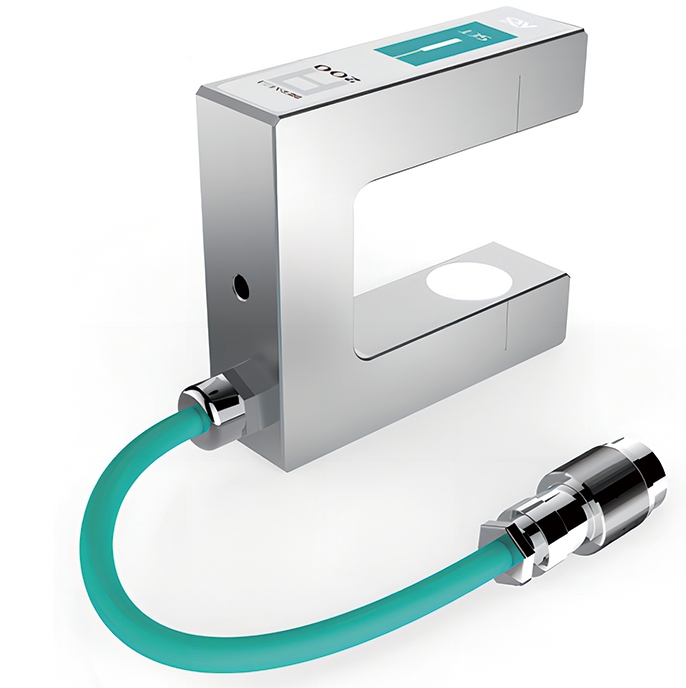
For more information, you can explore their web guiding product details directly on Arise website.
